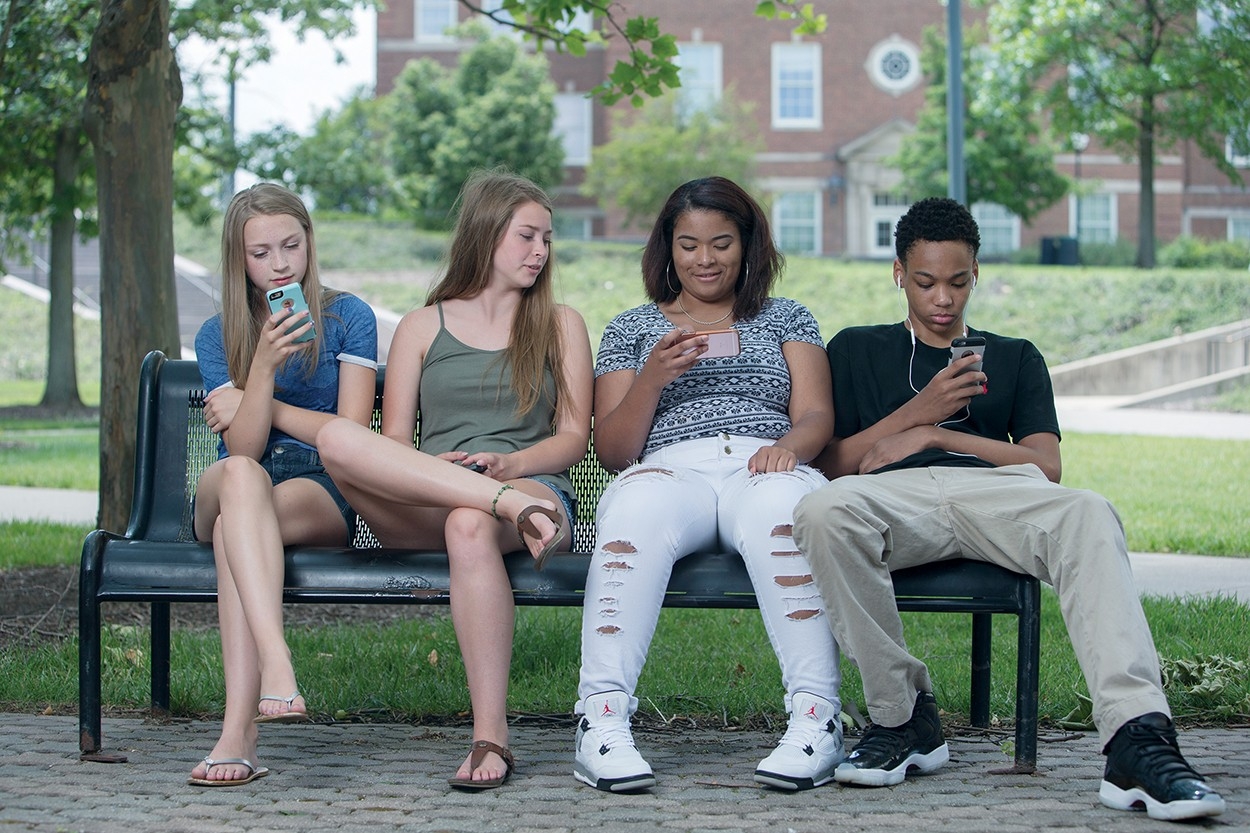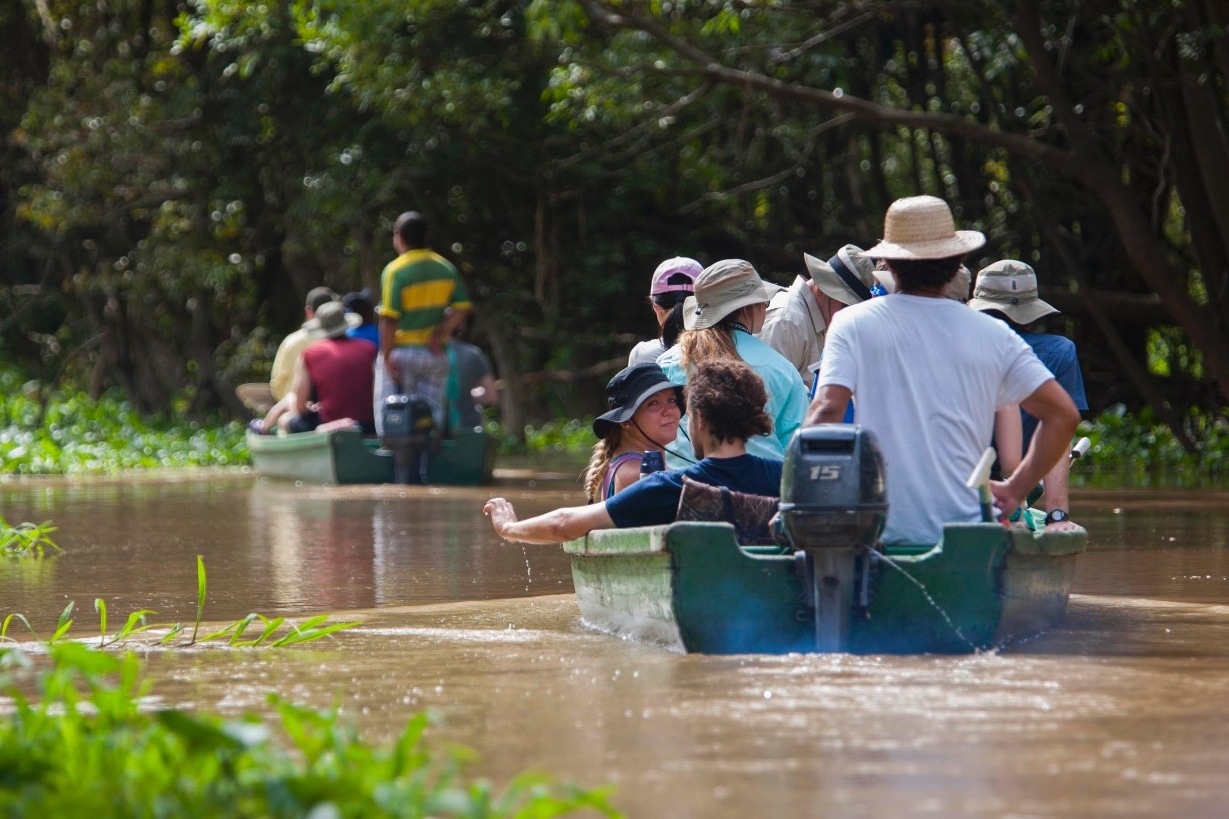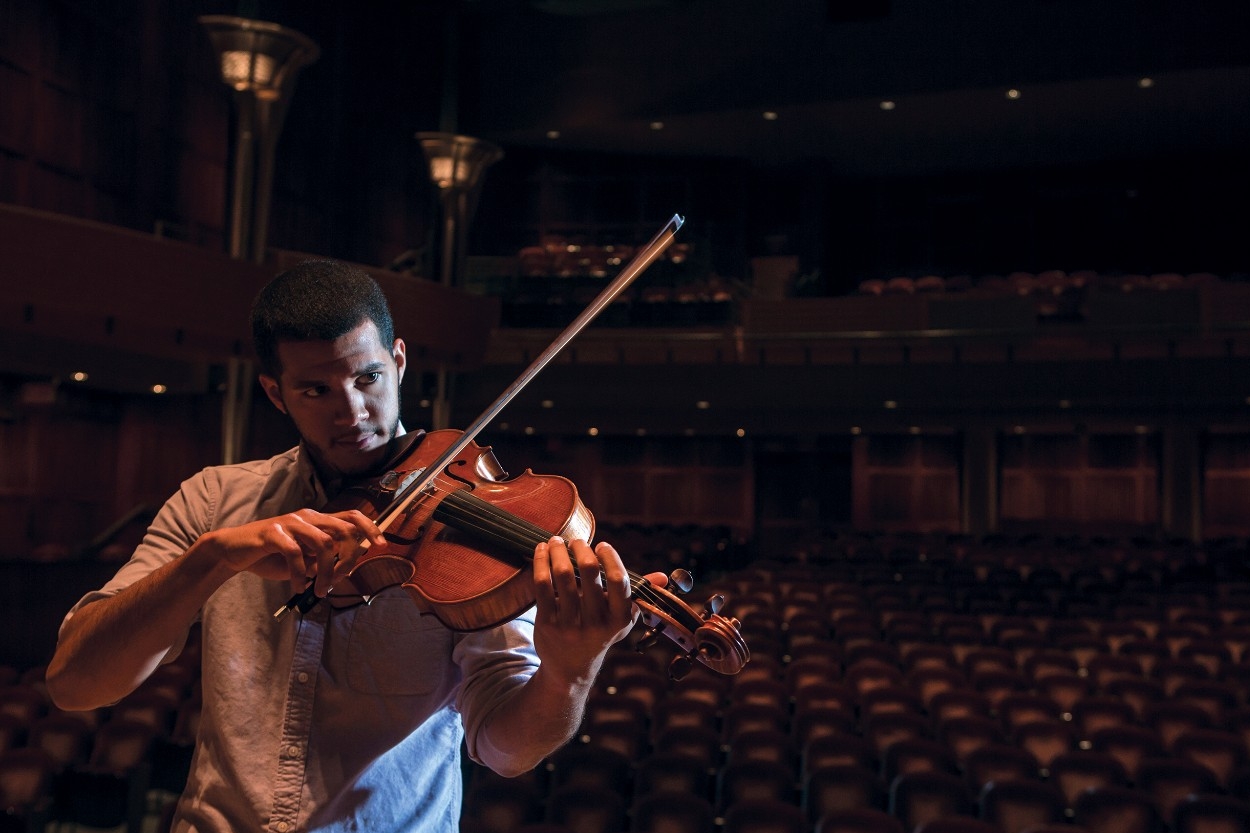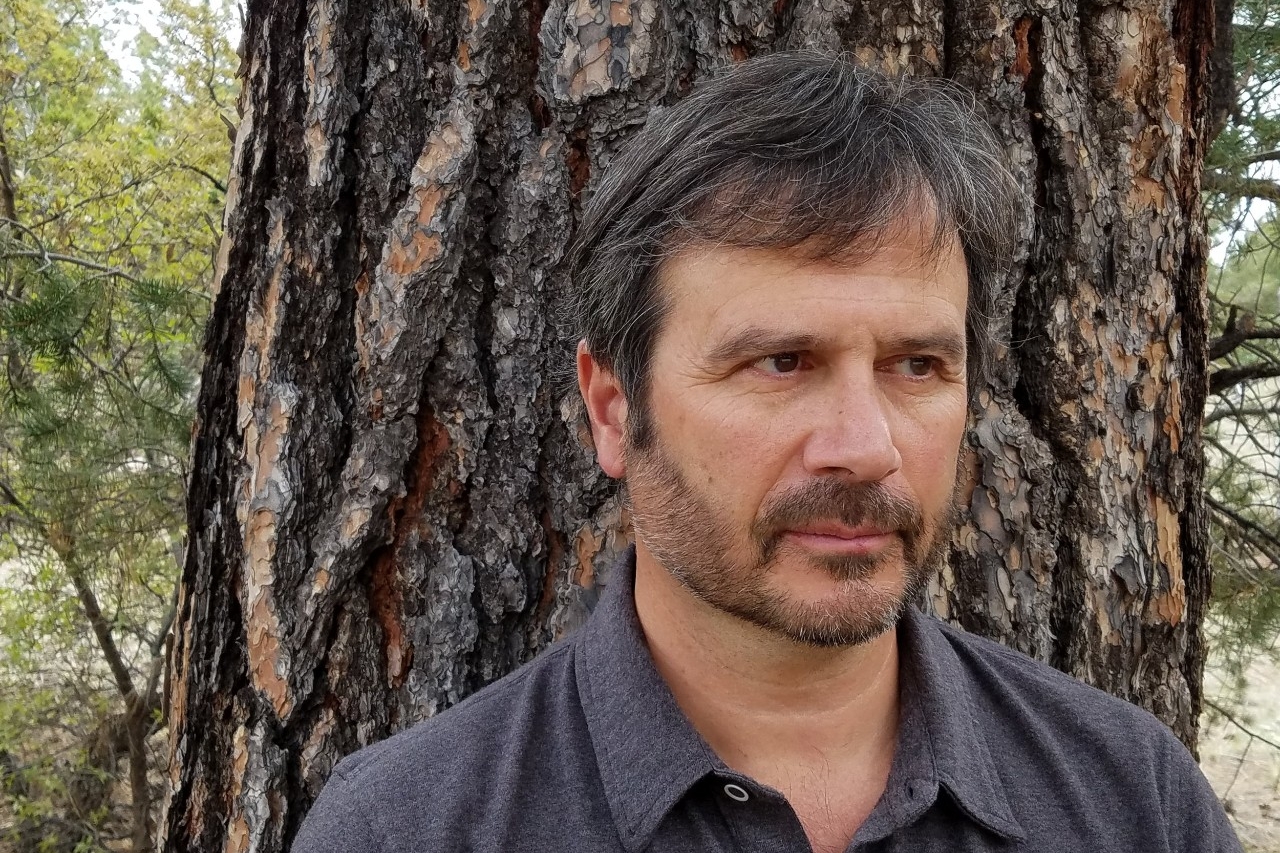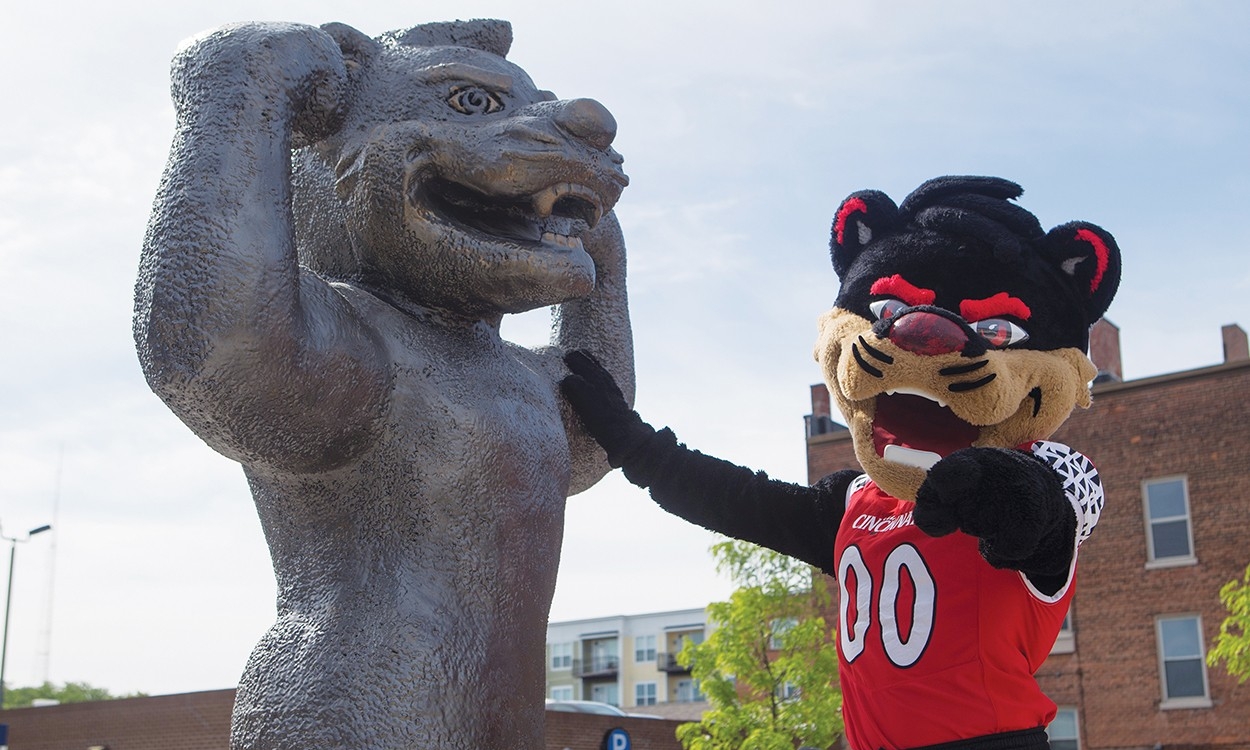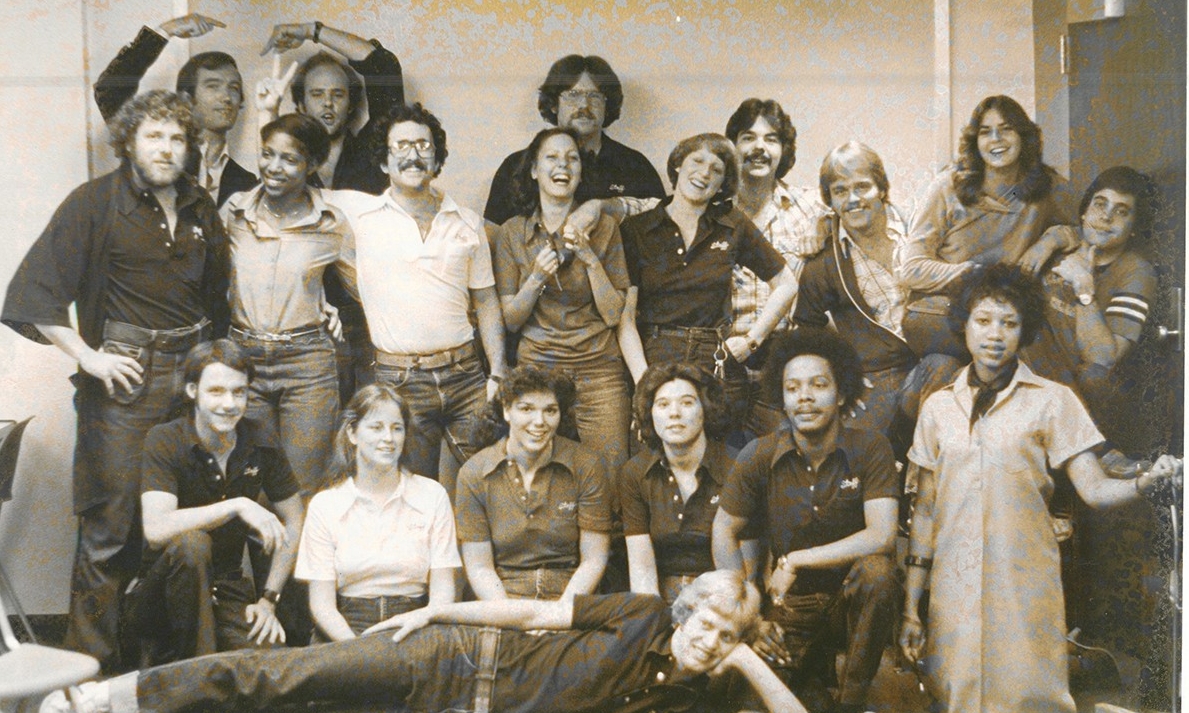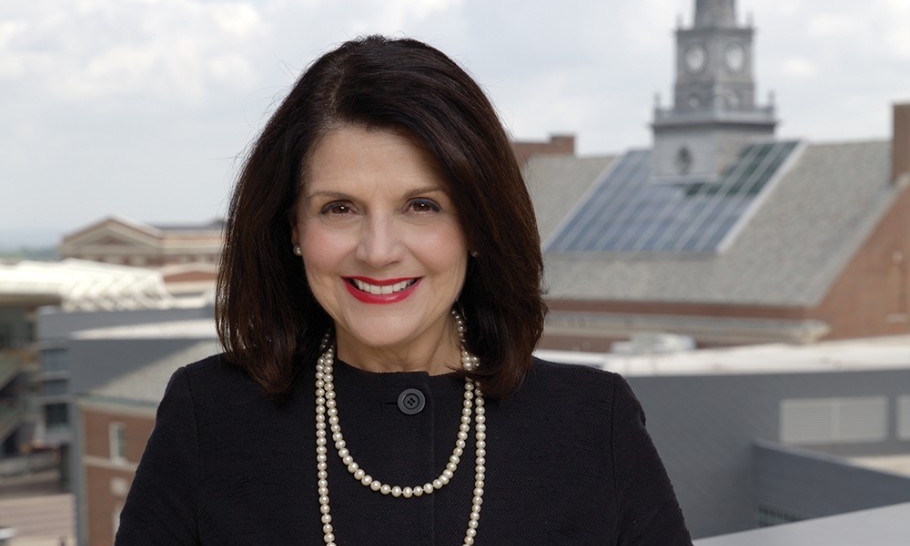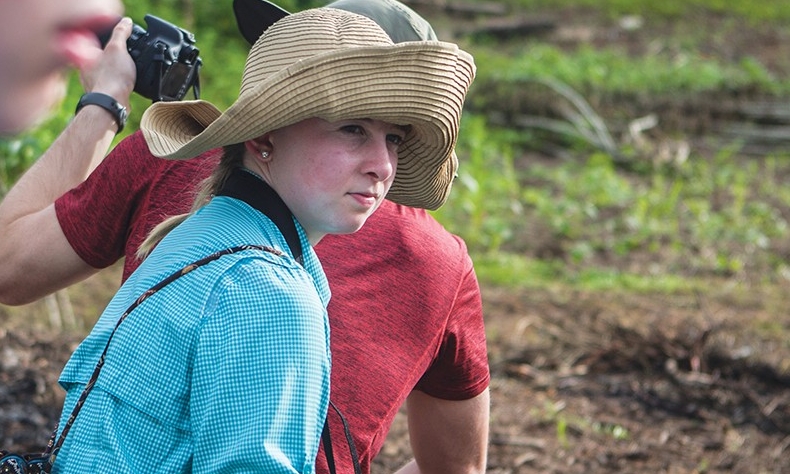UC College of Law graduate Greg Dyson, JD ‘92, is leading efforts to “rewild” portions of the American West.
Accidental Activist
A simple hike led one UC law grad to spend two decades standing up for old-growth trees in the American West.
It was 1993, and criminal defense attorney Greg Dyson and a buddy were hiking the Pacific Crest Trail in Oregon’s Mount Hood National Forest. Hemlocks and rhododendrons speckled the trailhead, which was shadowed by Douglas firs towering 150 feet into the Northwestern sky.
“The air is fresh, and you’ve got all of the sights and sounds of an old-growth forest,” recalls Dyson, JD ’92.
Two miles into the hike, the scene became something far less idyllic.
“We came across what looked like a war zone,” he adds. “The ground was torn up by heavy machinery, the trees were stumps, and the vegetation was gone. It was jarring to the senses. You literally cross a boundary from lush old-growth forest, and one step further you’re in this destruction zone.”
That moment, Dyson recounts, turned him into an “accidental activist.”
“Motivated by the devastation I saw, I started asking questions,” he wrote about his early days of activism. “Who was protecting these trees? How were these clear-cuts legal? I didn’t go to law school to save the planet. At 30 years old, I was a criminal defense attorney who loved the mountains — the scents of firs, the sounds of mountain streams, the grandeur of the trees older than this country and the abundant wildlife. I couldn’t help but be disturbed by the destruction I was witnessing on our public lands.”
Now a program director for Denver-based WildEarth Guardians, a nonprofit devoted to protecting and restoring “wildlife, wild places and wild rivers” in the American West, Dyson has spent more than two decades working to save primeval spaces.
Across the United States, there are more than 300,000 miles of forest roads (compared to 46,876 miles of interstate highways that crisscross the country), according to the Western Federal Lands Highway Division. Last year, Dyson and WildEarth Guardians got the Forest Service to eliminate 900 miles of roads (the same total as in 2014) in 11 Western states.
That’s good news for the animals.
“Let’s say you’re a grizzly bear,” he says. “You come out of your den in the spring, and you’ve got about a month to establish the health of your cubs and yourself. You’ve got to get food right away. Roads scare you back to your den or away from your food source. That’s what they mean to a large omnivore.”
Roads also often run parallel to streams, driving sediment into fish habitats, he says.
Dyson developed his legal and outdoor sensibilities in part at UC’s College of Law, where he took courses from the Urban Morgan Institute for Human Rights. While the 37-year-old institute trains human rights lawyers, Dyson says the experience showed him that “being a lawyer didn’t mean that you had to follow traditional legal paths.”
He also took environmental law courses (“They were new to all of us back then,” Dyson says) from Bradford Mank, the James B. Helmer Jr. Professor of Law and associate dean for academic affairs. Dyson went on to clerk for the U.S. Attorney’s Office in Portland, Oregon, which put him a step closer to his fateful Mount Hood hike.
Some of his current work focuses on eliminating roads in the Wallowa-Whitman National Forest in Idaho and Oregon, where off-road enthusiasts motor across the nation’s secondmost heavily roaded forest.
While environmental advocates often meet with opposition, “Greg is tenacious and very well-informed about the issues and the law,” says Darilyn Parry Brown, executive director of the Oregon-based Hells Canyon Preservation Council, which also works to restore wildlands. But, she adds, “we definitely try to find common ground and build on shared values in collaborating for the benefit of our forests.”
It’s not unusual to find Dyson trekking across the postcard-perfect settings he’s working to preserve.
One of his favorite getaways is the Cibola National Forest in New Mexico, a smorgasbord of ecosystems that includes short-grass prairie, desert and forests of juniper, pine and spruce-fir. On a recent hike, he had a too-close-for-comfort encounter with a rattlesnake. The sound of its rattle shook Dyson out of his reverie.
“I was hiking after a long workday and realized that I was walking along and not even looking around,” he says. “I got lucky that day, but it was great. It was like the rattlesnake saying, ‘Hey, get out of your head. Look around and be present.’”
As he likes to say, hiking trails have led him to where he is today, and “there’s no better trail I could’ve followed.”
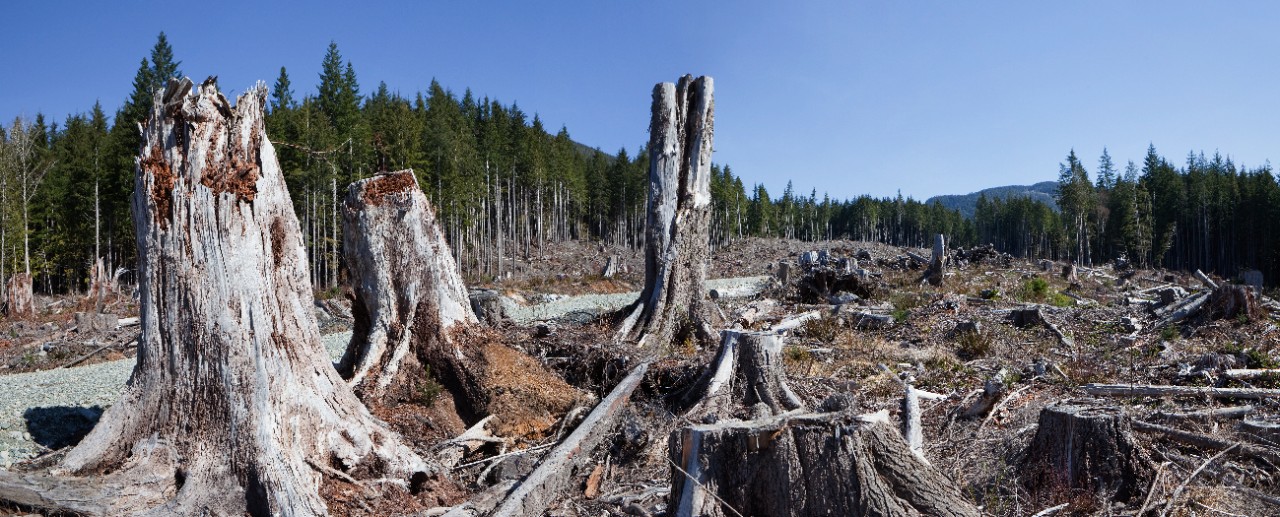
Across the United States, there are more than 300,000 miles of forest roads (compared to 46,876 miles of interstate highways that crisscross the country), according to the Western Federal Lands Highway division. Last year, Dyson and WildEarth Guardians got the Forest Service to eliminate 900 miles of roads (the same total as in 2014) in 11 Western states.
That’s good news for the animals.
“Let’s say you’re a grizzly bear,” he says. “You come out of your den in the spring, and you’ve got about a month to establish the health of your cubs and yourself. You’ve got to get food right away. Roads scare you back to your den or away from your food source. That’s what they mean to a large omnivore.”
Roads also often run parallel to streams, driving sediment into fish habitats, he says.
Dyson developed his legal and outdoor sensibilities in part at UC’s College of Law, where he took courses from the Urban Morgan Institute for Human Rights. While the 37-year-old institute trains human rights lawyers, Dyson says the experience showed him that “being a lawyer didn’t mean that you had to follow traditional legal paths.”
He also took environmental law courses (“they were new to all of us back then,” Dyson says) from Bradford Mank, the James B. Helmer Jr. Professor of Law and associate dean for academic affairs. Dyson went on to clerk for the U.S. Attorney’s Office in Portland, Oregon, which put him a step closer to his fateful Mount Hood hike.
Some of his current work focuses on eliminating roads in the Wallowa-Whitman National Forest in Idaho and Oregon, where off-road enthusiasts motor across the nation’s second most heavily roaded forest.
While environmental advocates often meet with opposition, “Greg is tenacious and very well-informed about the issues and the law,” says Darilyn Parry Brown, executive director of the Oregon-based Hells Canyon Preservation Council, which also works to restore wildlands. But, she adds, “we definitely try to find common ground and build on shared values in collaborating for the benefit of our forests.”
It’s not unusual to find Dyson trekking across the postcard-perfect settings he’s working to preserve.
One of his favorite getaways is the Cibola National Forest in New Mexico, a smorgasbord of ecosystems that include short-grass prairie, desert and forests of juniper, pine and spruce-fir. On a recent hike, he had a too-close-for-comfort encounter with a rattlesnake. The sound of its rattle shook Dyson out of his reverie.
“I was hiking after a long work day and realized that I was walking along and not even looking around,” he says. “I got lucky that day, but it was great. It was like the rattlesnake saying, ‘Hey, get out of your head. Look around and be present.’”
As he likes to say, hiking trails have led him to where he is today, and “there’s no better trail I could’ve followed.
FEATURES
Make room for Gen Z
As UC's next generation makes its way onto campus, find out what makes them tick.
Finding strength
One UC grad's battle with cancer pulled family, friends and the UC medical community into the fight for her life.
Accidental activist
A simple hike led one UC law grad to spend two decades standing up for old-growth trees in the American West.

